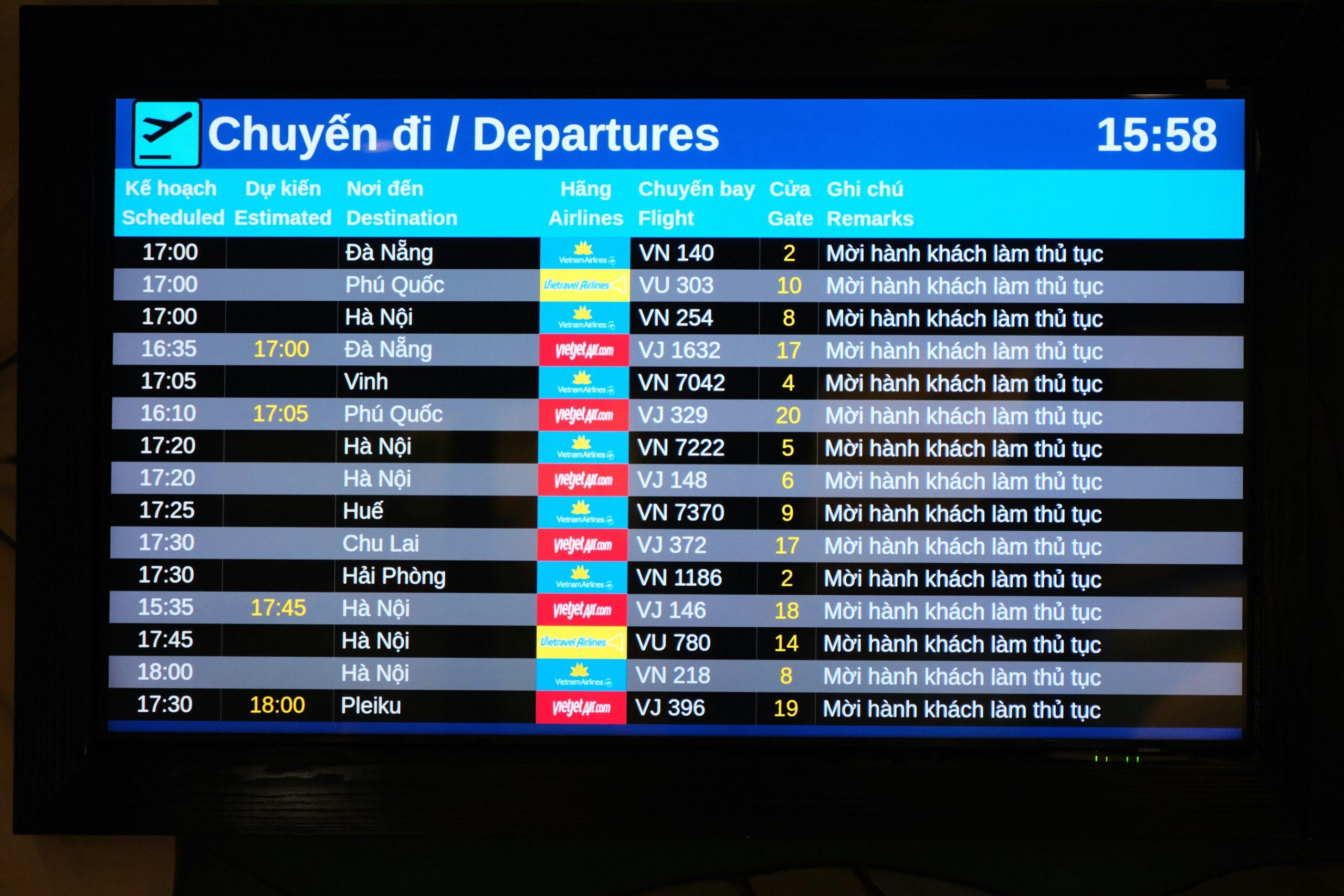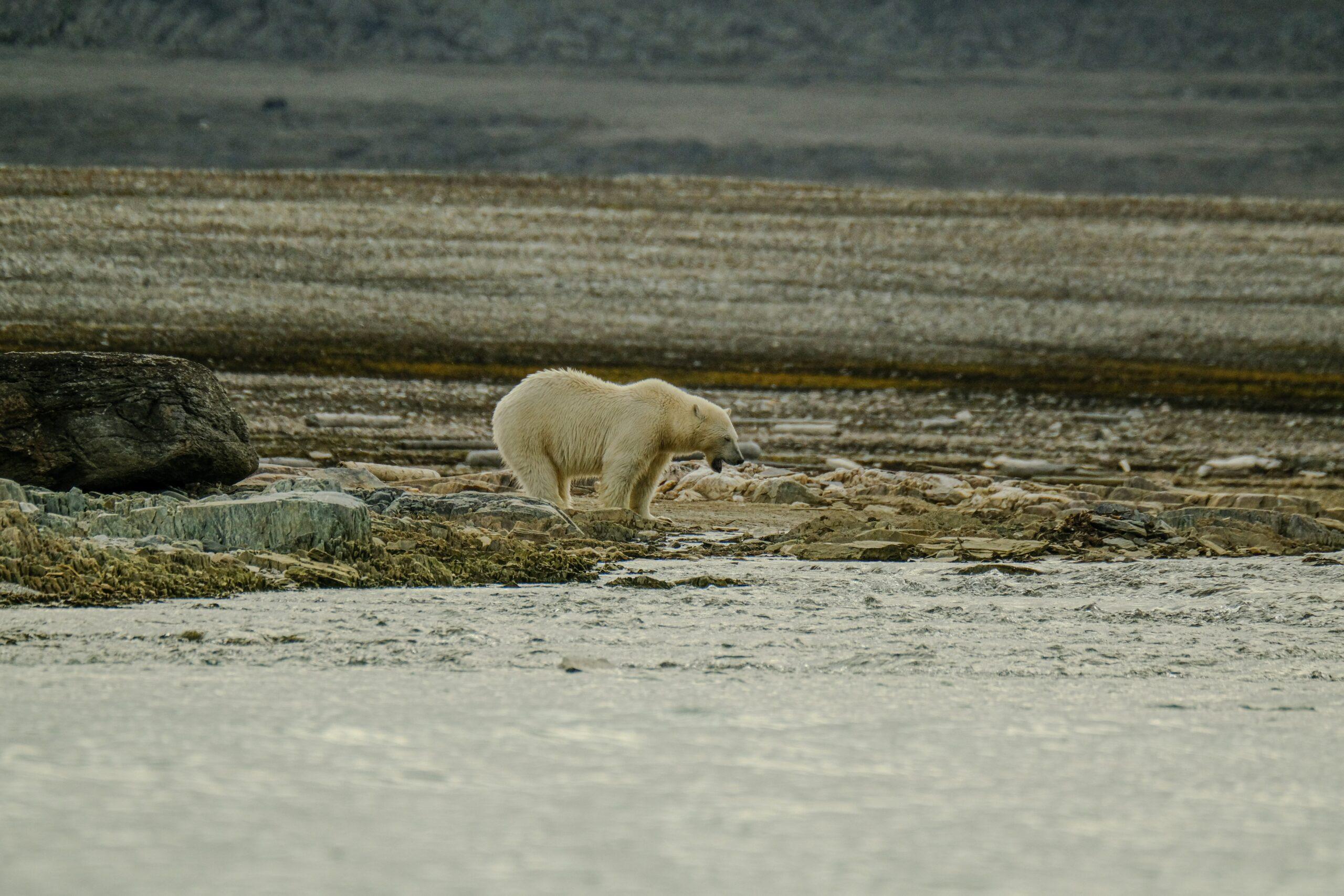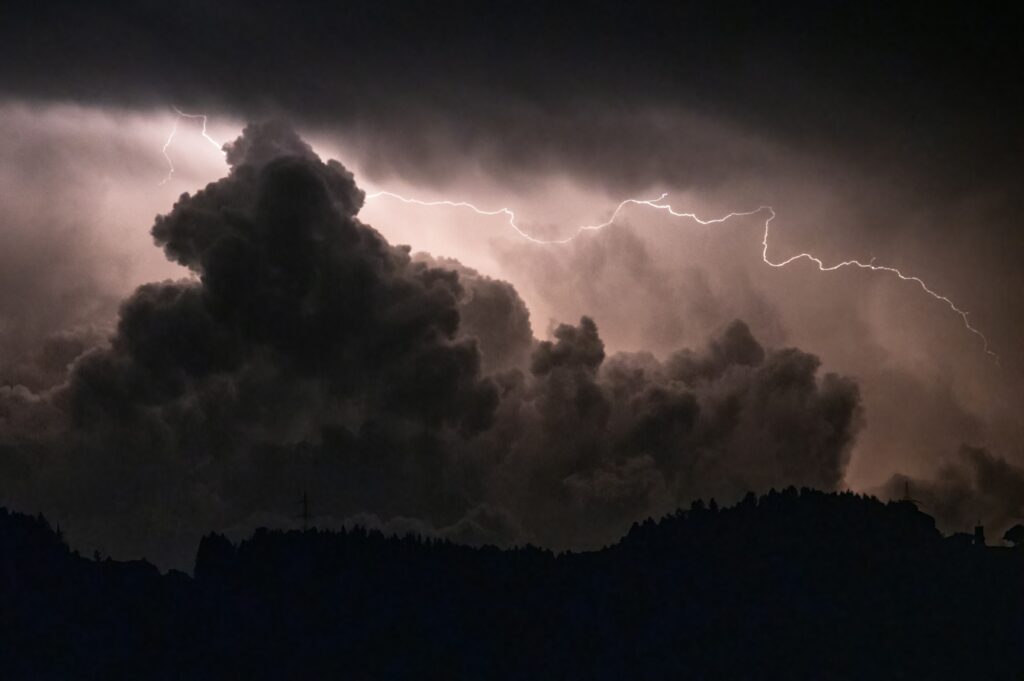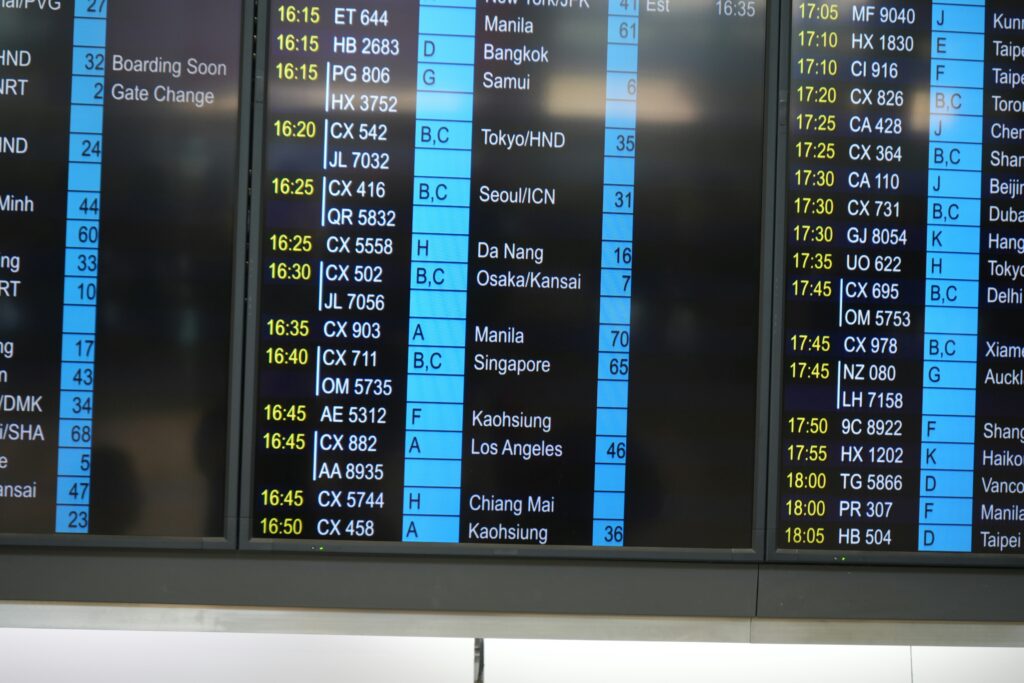Ever sat in an airport lounge staring at that delayed flight screen, wondering why you didn’t prepare better? Yeah, me too. We’ve all been there—watching hours tick away while your travel plans crumble into chaos. But what if I told you climate risk assessments could save the day (and maybe even refund part of it)? Let’s break down how this powerful tool can level up your travel game—and protect you from those maddening delays.
In this post, we’re diving deep into travel delay insurance through the lens of “Climate Risk Assessments”. You’ll learn:
- The role of climate risk assessments in travel planning,
- A step-by-step guide to leveraging them for smart decisions,
- Tips to maximize your travel delay insurance benefits,
- Real-life examples where these strategies paid off big time.
Table of Contents
- The Importance of Climate Risk Assessments
- A Step-by-Step Guide to Using Climate Risk Assessments
- Tips to Optimize Your Coverage
- Case Studies: Lessons Learned From Real Travelers
- Frequently Asked Questions About Travel Delay Insurance
Key Takeaways
- Climate risk assessments help identify weather-related disruptions before booking trips.
- Travel delay insurance policies increasingly use climate data to refine coverage terms.
- Knowing potential risks lets travelers make informed choices and avoid unnecessary stress.
What Exactly Are Climate Risk Assessments?

Climate risk assessments analyze historical and predictive weather patterns to forecast hazards like storms, floods, or wildfires. For travelers, they’re not just nerdy maps—they’re lifesavers. These reports let you know whether your dream destination will be hammered by hurricanes during your visit—or worse, closed due to extreme conditions.
Think back to my own epic fail here: In 2019, I booked a beach vacation smack dab in hurricane season because cheap tickets blinded me. Surprise! A Category 4 storm hit right as I landed, stranding me indoors for five days. If only I’d checked a climate risk assessment first… sigh.
How to Use Climate Risk Assessments Before Booking That Flight
Optimist You: “This is going to ensure smooth sailing!”
Grumpy You: “Yeah, sure—but only if coffee shops nearby are open.”
Step 1: Identify Key Destinations
Start by researching your trip destinations using free tools like NASA’s Climate Data Portal. Look for seasonal trends, past events, and projections for future anomalies.
Step 2: Cross-reference Insurance Policies
Most modern travel delay insurances now integrate climate reports into their offerings. Check which ones prioritize transparency about covered scenarios tied to climate risks.
Step 3: Plan Backup Contingencies
No matter how thorough your research, always have a Plan B. Whether it’s alternate accommodations or emergency evacuation options, being prepared keeps panic at bay.
Top Tips for Leveraging Climate Risk Assessments (And One Terrible Idea)

- Read Policy Fine Print: Not all insurers treat climate-related delays equally. Be diligent!
- Use Visual Tools: Maps and heat maps simplify understanding complex climate models.
- Consult Experts: Reach out to meteorologists specializing in regional forecasts if unsure.
- DO NOT Skip Insurance Altogether: No matter how good your planning feels, skipping coverage entirely is asking for trouble. Trust me; regret tastes bitter.
Real Stories Where Climate Risk Assessments Saved the Day

Meet Sarah—a frequent traveler who once ignored her friend’s recommendation to check climate predictions pre-trip. Fast forward two years later, armed with knowledge about monsoon cycles thanks to climate risk assessments, she avoided a flooded roadblock on her way to Goa, India. Her takeaway? Always trust science over spontaneity.
Another success story comes from Mark, who rerouted his European winter ski holiday based on avalanche probability stats provided by a premium assessment tool. Spoiler alert: He got more sun than snow but zero drama.
FAQs About Travel Delay Insurance & Climate Risk Assessments
Q: Does travel insurance cover everything caused by bad weather?
Absolutely not. Most standard policies exclude certain predictable incidents unless specified otherwise.
Q: How far ahead should I perform a climate risk assessment?
At least six months prior to departure ensures ample preparation time.
Q: Do DIY assessments work, or should I hire professionals?
Ditto both—it depends on complexity and confidence levels. Free resources suffice for simple queries; experts tackle intricate scenarios.
Final Thoughts
So, is blending climate risk assessments with travel delay insurance worth the effort? Absolutely. It’s chef’s kiss for safeguarding adventures against Mother Nature’s tantrums. Sure, it requires patience and planning—but isn’t avoiding soggy socks and canceled flights totally worth it?
Remember: Even robots need upgrades sometimes. Stay sharp, stay curious, and never underestimate the power of preparedness.
Like a Tamagotchi, your travel plans need daily care. Now go forth, adventurer—you’ve got this!


